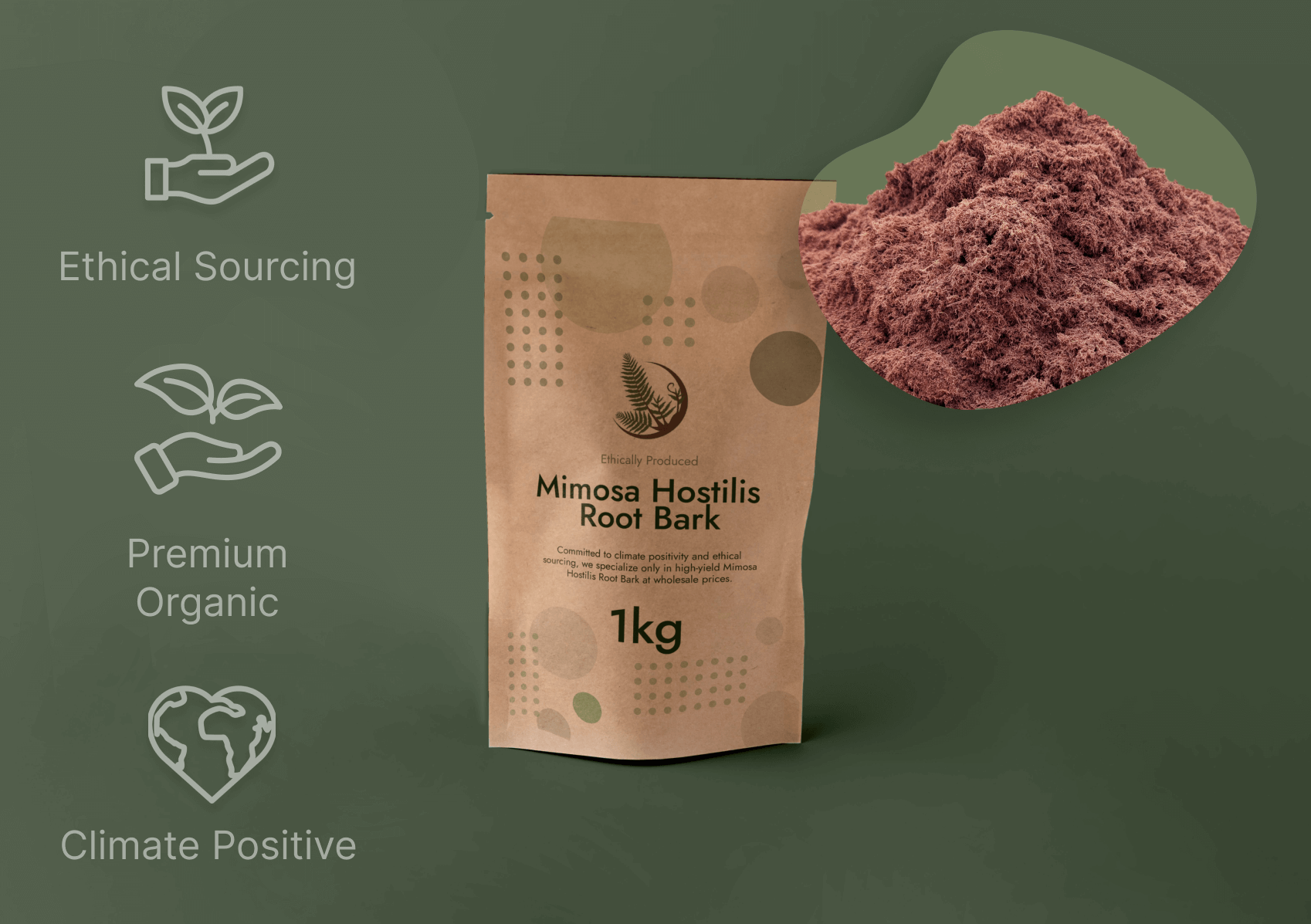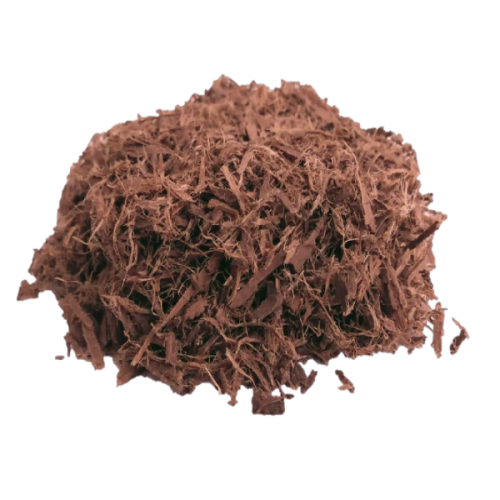Mimosa Hostilis Root Bark: A Manual to Origins and Utilizes
Wiki Article

Mimosa Hostilis Root Bark holds an important position in regular procedures and fashionable botanical programs. This short article explores the attributes, origins, and common thoughts surrounding this outstanding plant content, with a selected give attention to the prized Brazillian Mimosa Hostilis Root Barks.
What exactly is Mimosa Hostilis Root Bark?
Mimosa Hostilis, scientifically referred to as Mimosa tenuiflora, is a perennial tree indigenous on the northeastern location of Brazil and parts of Mexico. The basis bark of this tree has actually been used for centuries by indigenous communities for a variety of realistic and regular applications. The interior root bark contains noteworthy concentrations of tannins, alkaloids, and various phytochemicals that lead to its distinct Attributes and applications.
The tree by itself is remarkably resilient, capable of surviving in lousy soils and drought situations. This hardiness contributes to your robust nature with the bark and its chemical profile. When harvested sustainably, the outer root bark is diligently separated to accessibility the dear internal bark, that is then dried and organized for use.
Brazilian Mimosa Hostilis Root Bark: The Gold Typical
When speaking about quality in Mimosa Hostilis solutions, the Brazillian Mimosa Hostilis Root Barks are frequently considered outstanding while in the botanical market. Quite a few elements contribute to this name:
Ideal Increasing Ailments
The particular soil composition, local climate, and ecosystem of Brazil's northeastern location create best conditions for Mimosa tenuiflora to create its comprehensive chemical likely. The mineral-rich soils and certain sample of rainfall and daylight With this region surface to enhance the focus of Energetic compounds in the foundation bark.Conventional Harvesting Know-how
In locations where Mimosa Hostilis has been used customarily, harvesters have designed complex solutions for sustainable harvesting that preserves both the tree along with the potency of your bark. This know-how, passed down by generations, ensures that the bark is collected at the correct time of 12 months and processed working with procedures that sustain its integrity.Distinctive Actual physical Characteristics
Brazilian Mimosa Hostilis Root Bark generally shows a prosperous reddish-brown to purple inner bark which has a fibrous, dense texture. The Visible attributes frequently function an First indicator of good quality, with skilled buyers recognizing the unique physical appearance of bark from this area.
Frequent Purposes and Takes advantage of
The programs of Mimosa Hostilis Root Bark span both traditional and modern day contexts, although It can be important to understand the authorized position of such employs varies by region and jurisdiction.
Regular Craft and Follow
Indigenous communities have Traditionally used Mimosa Hostilis Root Bark for building organic dyes for textiles, Together with the bark generating stunning shades of purple, burgundy, and deep brown. The tannin-wealthy Houses also made it beneficial for leather tanning together with other sensible apps.Present day Botanical Exploration
Contemporary fascination in Mimosa Hostilis Root Bark extends to numerous fields of botanical analysis, specifically finding out its chemical composition and probable applications. Researchers have identified many attention-grabbing compounds throughout the bark that warrant more scientific investigation.Horticultural and Agricultural Employs
In permaculture and sustainable agriculture, Mimosa tenuiflora is valued to be a nitrogen-repairing species that could increase soil high quality. The bark itself, when processed, can be employed to be a normal mulch or soil Modification in specific agricultural contexts.High quality Evaluation and Identification

For those working with Mimosa Hostilis Root Bark, knowing tips on how to assess excellent is important. Higher-high quality product, particularly reliable Brazillian Mimosa Hostilis Root Barks, commonly reveals sure features:
The Visible appearance should demonstrate a transparent difference in between the outer and interior bark, While using the interior bark exhibiting deep, vivid shades. The fabric must have a attribute earthy, somewhat sweet aroma, totally free from musty or moldy notes. When processed, the bark should generate a fine powder though preserving its fibrous composition till grinding. Correctly dried bark really should be brittle although not dusty, indicating right humidity material.
Routinely Questioned Thoughts (FAQs)
one. What is the distinction between Mimosa Hostilis Root Bark from Brazil along with other locations?
Brazilian Mimosa Hostilis Root Bark is mostly thought of excellent mainly because of the exceptional growing disorders in Mimosa Hostilis Root Bark northeastern Brazil, which bring about greater concentrations of active compounds. The traditional harvesting approaches utilized Within this location also contribute to the general top quality and potency of the final product or service.two. How should I retailer Mimosa Hostilis Root Bark to take care of its high quality?
Shop the bark in a very awesome, dark, and dry area in an airtight container. Safety from light-weight, moisture, and Severe temperature fluctuations might help maintain the bark's chemical integrity and forestall degradation Mimosa Hostilis Root Bark of its Energetic factors.3. Is Mimosa Hostilis an endangered species?
No, Mimosa tenuiflora is just not at present listed being an endangered species. Actually, It can be known for its resilient expansion and talent to thrive in hard ailments. Having said that, responsible harvesting methods are still necessary to make sure the sustainability of wild populations.four. Am i able to develop Mimosa Hostilis outside of its indigenous habitat?
When Mimosa tenuiflora thrives very best in its indigenous tropical local climate, it can be cultivated in comparable environments. The tree involves well-drained soil, lots of daylight, and security from frost. On the other hand, the chemical profile of cultivated specimens might vary from wild-harvested Brazilian material.five. What is the authorized position of Mimosa Hostilis Root Bark?
The authorized status differs appreciably by nation and jurisdiction. In a few places, the raw bark is legal to have, whilst in Some others, precise extracts or preparations could possibly be regulated. Often research and comply with nearby rules and polices just before acquiring or employing any botanical substance.Being familiar with Mimosa Hostilis Root Bark, specifically the high quality Brazillian Mimosa Hostilis Root Barks, involves appreciation of its botanical characteristics, standard context, and proper programs. Irrespective of whether for research, craftsmanship, or botanical research, this exceptional plant substance continues for being a issue of interest throughout a number of fields, nevertheless always in acceptable authorized and moral boundaries. Report this wiki page